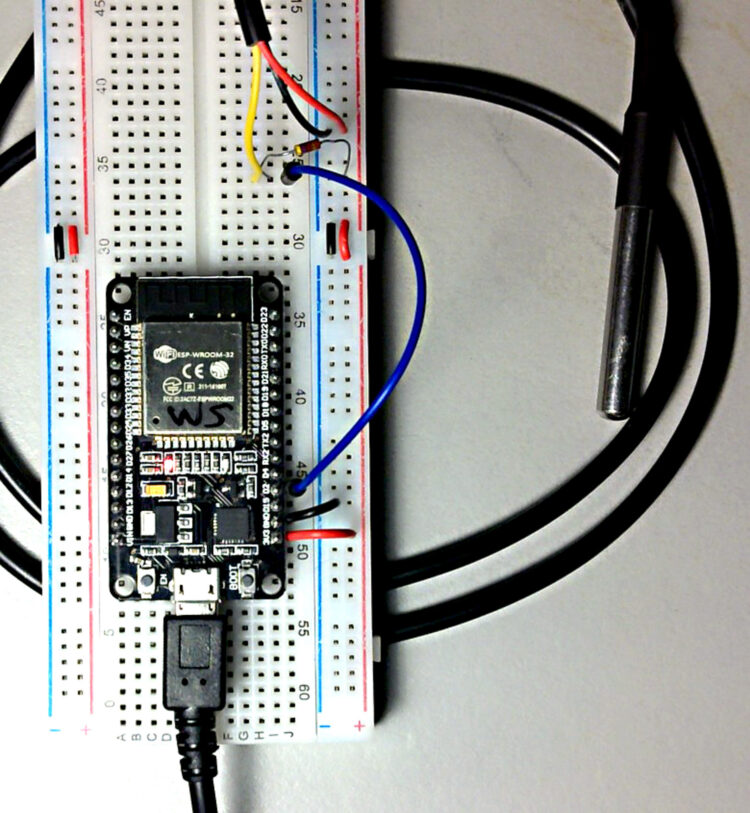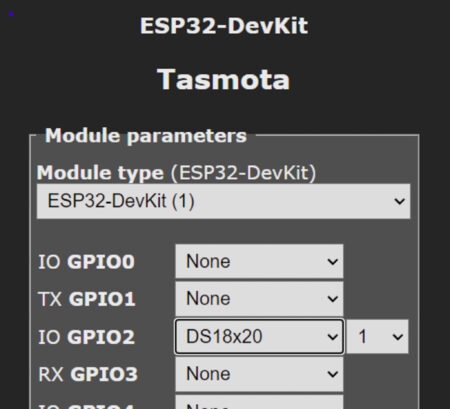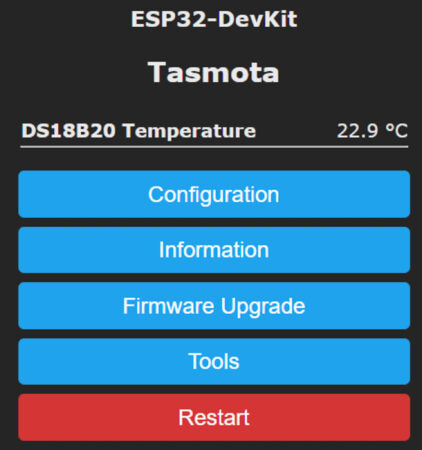Make your own Matter

If you want to make a home automation device that’s compatible with Google Home, or Amazon Alexa, or Samsung SmartThings, Apple HomeKit, Tuya, etc., then you can join their developer programs and get busy. And if you want to build a device that works with all these home automation platforms, well, you have a lot of development work to do! No surprise, these developer programs are intended for commercial manufacturers, not so much for makers.
But wait — with many new home automation products implementing the Matter protocol, you might only need to support Matter. The Matter standard offers “One protocol to connect compatible devices and systems with one another. Smart home devices should be secure, reliable, and seamless to use.”
Standards are great — is that why there are so many? (The Connectivity Standards Alliance manages Matter, Zigbee, and several other home automation/IoT standards.) But, seriously, will Matter end up as the ubiquitous platform for home automation? It’s not clear yet, but with a growing number of affordable development boards and software stacks, it’s looking more possible for makers to get into Matter.

Ethel the turtle — my Matter project
It’s always better to have a specific use case in mind when evaluating technologies. Here’s mine: My wife Jackie takes excellent care of her pet turtle. Ethel is a painted turtle, 20+ years old, and lives in an aquarium with an automatic feeder, automatic water pump, and a submersed water heater. We have a temperature sensor with an alarm for over and under temperature events, but if no one is home, the alarm goes unanswered. We need a solution when we are traveling. If the temperature is too low, perhaps the heater has failed; we would need to ask a friend to replace it. If the temperature is too high, we should turn on the air conditioner in Ethel’s room. We can do this with our existing Home Assistant system.
So, here are two attempts to build a Matter temperature sensor for Ethel; one very simple and limited, using Matter over Wi-Fi, and one much more challenging, using Matter over Thread with the possibility for many add-on features.
Matter for sale
In Make: Volume 85, “Home Automation for Makers,” we took a look at making Matter devices using the Espressif ESP32 Matter 1.x SDK. It worked, but had quite a few bugs. One year later, there are more options for purchasing and making your own Matter devices. Let’s take a look.
It’s encouraging to see a growing number of Matter-compatible smart devices on the market. Do they deliver the promise of multi-vendor home automation integration? More importantly, will they work with your home automation network? It’s hard to say without testing first.
- Shelly Humidity and Temperature Sensor ~$39
- Includes an e-paper display with temperature, humidity, time, and battery status. Promises: “Matter-upgradable”
- TP-Link Tapo Smart Light Switch, Matter Compatible ~$15
- “Replaces your existing single pole light switches providing smart control from anywhere.” “With Matter certification, it’s compatible with all major smart home platforms – Apple Home, Amazon Alexa, Google Home, and Samsung SmartThings.” Caution: Product description includes “Frequently returned item”
- arre Smart Button with Matter & Thread Support ~$35
- $35 for a button? Hmm. And, also “Frequently returned item”










